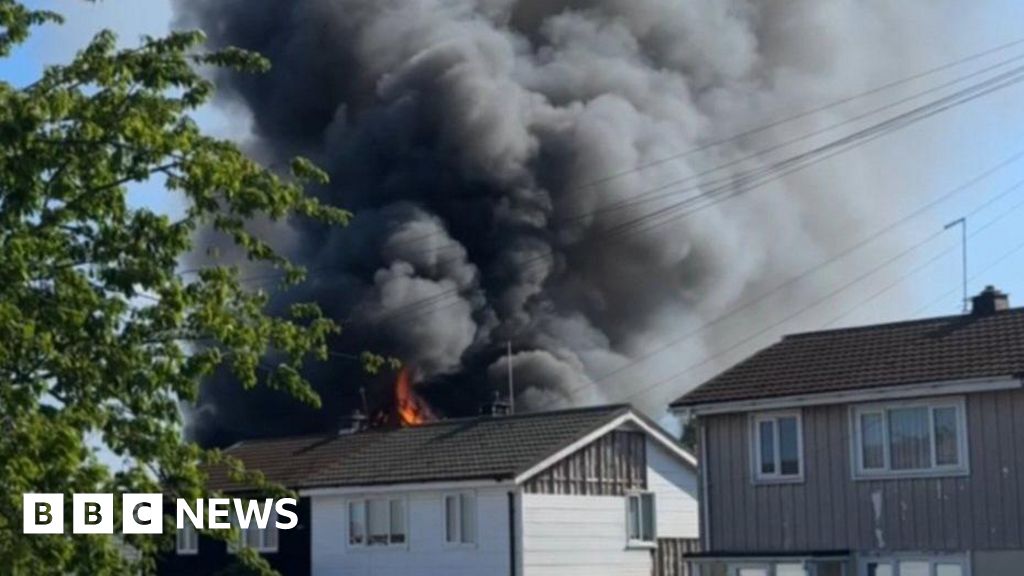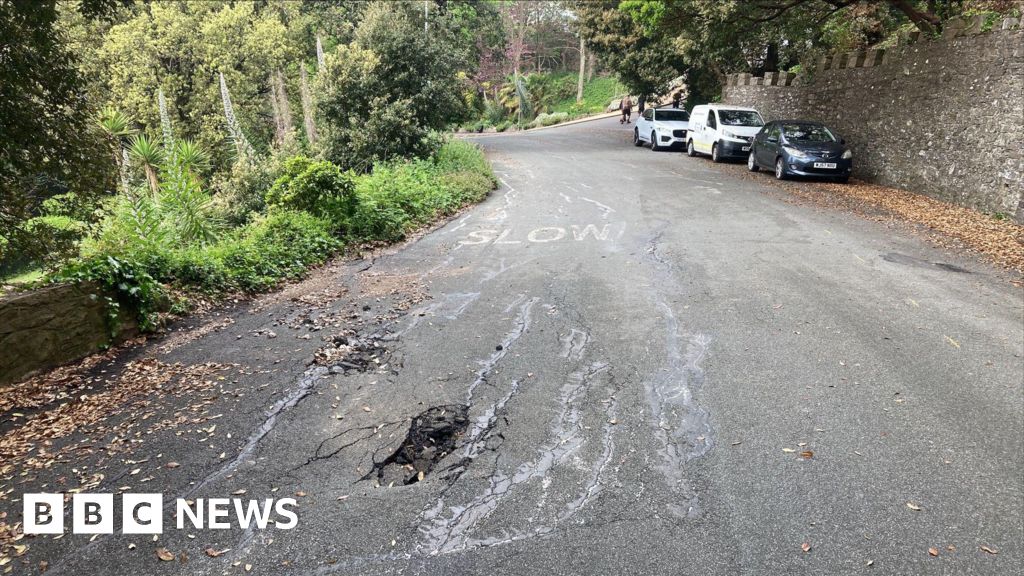 ANI
ANIThe dust storm pushed the Air Quality Index (AQI) into the 'poor' category with a reading of 292 at 4 pm on Thursday, as per the Central Pollution Control Board. By 7 pm, AQI levels crossed into the ‘very poor’ category at 305. A day earlier, at 4 pm on Wednesday, the AQI had been at 135 in the ‘moderate’ range and was expected to stay in that range through Thursday.
At Safdarjung, Delhi’s base weather station, the lowest visibility was 1,500 metres at 8:30 am on Thursday. RK Jenamani, senior scientist at IMD, said sudden winds reached speeds of 30–40 kmph in Palam. Though the winds later reduced to 3–7 kmph, the presence of dust kept visibility low between 1,200 and 1,500 metres in both Safdarjung and Palam.According to an IMD statement, a high north-south pressure gradient over northwest India caused strong surface winds of 30–40 kmph in Punjab, Haryana, Delhi and north Rajasthan from the night of May 14 to the morning of May 15.

“Under the influence of these strong winds, dust was advected from west Rajasthan to Delhi NCR across north Rajasthan, south Punjab and south Haryana, leading to a reduction in visibility with IGI Airport reporting the lowest visibility of 1,200 metres intermittently during the period,” the IMD said.The IMD office in Jaipur had forecast a dust storm over Rajasthan for May 14, while IMD Delhi predicted thunderstorms and winds of 15–25 kmph, gusting up to 35 kmph.As the dust gradually moved eastwards, conditions improved. “The dust gradually moved eastwards and Palam reported a visibility of 4,000m at 1 pm,” said Krishna Mishra, IMD scientist.Abhishek Kar, senior programme lead at the Council on Energy, Environment and Water (CEEW), said, “Dust storms are common before the onset of monsoon in north India. This is a natural source of air pollution, so we cannot avoid elevated pollution levels. We only need to protect ourselves from exposure.”
He added, “The authorities should leverage the available forecasting information on the Air Quality Early Warning System (AQEWS) and the weather bulletins of the India Meteorological Department and provide timely guidance to citizens before such episodes to help them reduce their exposure by wearing masks.”
Though AQI levels entered the ‘very poor’ category on Thursday night, the Commission for Air Quality Management (CAQM) decided not to activate Stage I of the Graded Response Action Plan.“The sudden and sharp deterioration in AQI to long-range transport of dust caused by substantial wind speeds is purely episodic in nature. Further, the forecast by IMD/IITM also predicts the overall AQI of Delhi to fall back to the ‘moderate’ category in the coming days. However, the PM2.5/PM10 concentrations started to decline significantly after 8am on Thursday, and this trend is expected to continue further with no adverse meteorological factors and subsiding of the dust storm,” the CAQM statement said.
The panel will review the air quality situation again on Friday.
The sharp drop in air quality triggered a political exchange between AAP and BJP leaders. AAP claimed that AQI crossed 500 in several parts of Delhi-NCR due to “dust and poisonous air.”AAP national convener Arvind Kejriwal posted on X, “Air pollution was never this bad during the AAP regime at this time of the year.”
Delhi BJP president Virendra Sachdeva responded, saying that citing the effects of the dust storm to show worsening pollution was proof of “AAP's deceitful and dishonest politics.”
The IMD said the maximum temperature on Thursday was 40.6°C, slightly above normal and just higher than Wednesday’s 40.4°C. Light rain is likely from Friday evening till Saturday morning, with thunderstorms and gusts of up to 50 kmph expected. The temperature is forecast to be 40–42°C on Friday and 39–41°C on Saturday.












